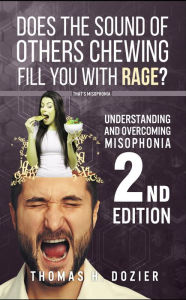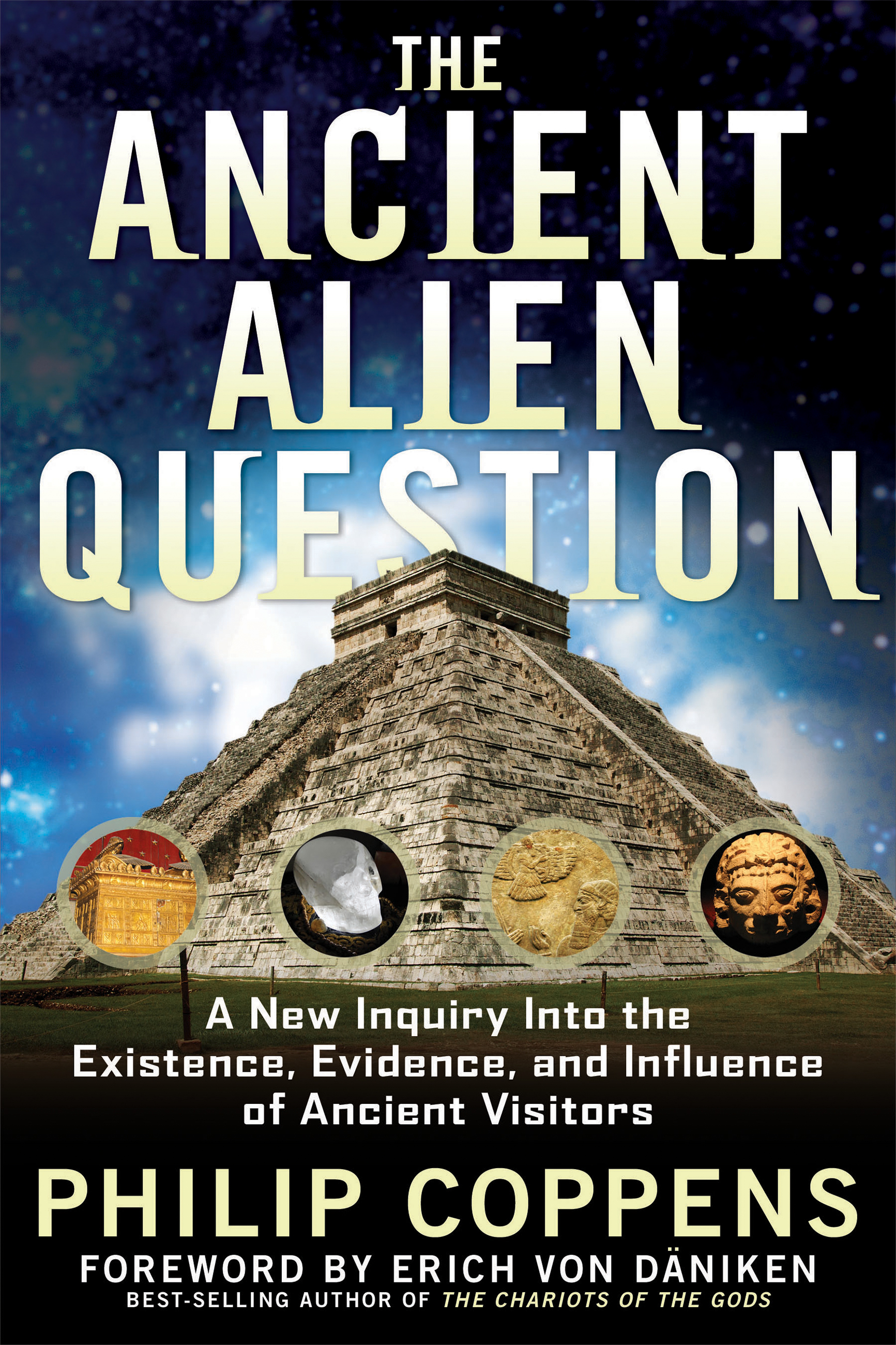Understanding and Overcoming Misophonia, 2nd edition: A Conditioned Aversive Reflex Disorder Thomas
by H Dozier
2020-03-20 15:12:07
Understanding and Overcoming Misophonia, 2nd edition: A Conditioned Aversive Reflex Disorder Thomas
by H Dozier
2020-03-20 15:12:07
The 2nd edition includes recent research of brain imaging studies and physical response studies of individuals when triggered. It includes over 50% new information compared to the first edition, including more management techniques, personal st...
Read more
The 2nd edition includes recent research of brain imaging studies and physical response studies of individuals when triggered. It includes over 50% new information compared to the first edition, including more management techniques, personal stories of individuals with misophonia and their families, treatment techniques for young children, and data on a treatment that reduces misophonia severity by 50%. Does the sound of other people chewing fill you with rage? Do certain sights and sounds make you crazy when they don’t bother anyone else? If so, you are not alone. Although not well known, misophonia is quite common, and there is hope. Are you tired of misophonia ruining your life? Are you ready to tackle your misophonia (or help a loved one)? If so, this book is for you. Recent brain imaging research indicates misophonia is a “soft-wired” neurological condition where a person has a strong emotional response of anger or disgust to specific sounds. The brain of a misophonic person being triggered does respond differently than someone without misophonia. The fMRI images are included. Triggers for some might be hearing someone chewing. For others, it is the sound of sniffling or breathing. Many people also have visual triggers such as seeing someone chew gum. There are a lot of common triggers, but there are also some that are very unusual and unique. Almost any sound or sight can be a misophonia trigger for someone. Misophonia can be upsetting and annoying, or it can be a debilitating condition. The book includes one story of getting Social Security disability for misophonia. Misophonia severity does vary, but it generally gets worse with time. There are important management techniques that are helpful to almost everyone. Recent brain imaging research indicates misophonia is a “soft-wired” neurological condition where a person has a strong emotional response of anger or disgust to specific sounds. The brain of a misophonic person being triggered does respond differently than someone without misophonia. The fMRI images are included. The good news is that “soft-wired” brain connections can change. Treatment for misophonia is still being developed and data collected. There are no published treatment studies on misophonia. Although there are no proven treatments that work for everyone, there are treatments that work for many. With proper management and treatment there is hope for reducing the horrible effects of this condition. This book will help you understand what this mysterious condition is doing to you (or help you understand what someone close to you is experiencing). It explains how misophonia develops and expands with time, and why those little sounds cause a person SO much distress. The book gives you many techniques that will help you manage this condition. Existing treatment options are described. There is hope. With proper management and treatment, most people can greatly reduce the effects of misophonia in their life. Developing misophonia has been a journey. Overcoming misophonia is also a journey, and it is a journey that can provide much relief for this horrible condition. It is journey that you should start today.
Less






























